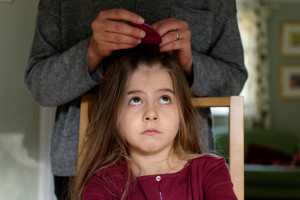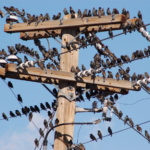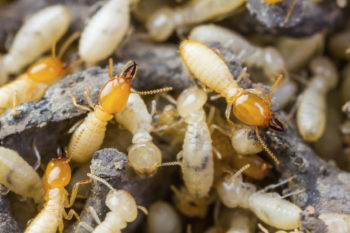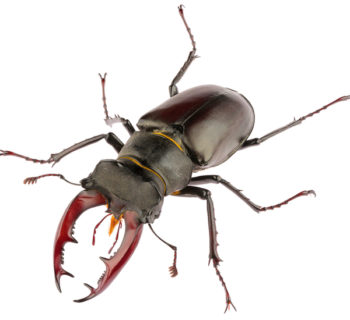 Why are head lice treated the way they are in schools?
Why are head lice treated the way they are in schools?
The typical way to treat a child that is suffering from head lice was to immediately diagnose the problem and send the child back home to be treated by the parents and medical specialists. The problem is very easily treatable and there are a number of short procedures, gels and medications that can be used to rid individuals of the condition.
However, the general conception surrounding head lice can be extremely detrimental to the mental health of schoolchildren suffering from the condition. Head lice are considered to be ‘disgusting’ and schoolchildren and parents alike, automatically associate the condition with bad hygiene. However, head lice can be easily transferred from simple household items, and do not in any way display the level of hygiene an individual keeps.
The truth is that having head lice is an extremely common condition. Studies conducted by the Centers for Disease Control and Prevention show that approximately 6 to 12 million schoolchildren between the ages of 3 and 11 suffer from the condition every year. Despite the condition being unpleasant, it is widely understood that head lice do not spread any other disease, posing minimal health concerns.
The reason why head lice have been treated the way they were in schools is because of how easily transferable they are. While it is true that they do not pose a health hazard, schools are ideal places for head lice to travel from scalp to scalp. Schoolchildren often engage in physical activity, share items and generally live in proximity to each other. This makes it increasingly difficult for school authorities to contain a head lice condition when it is diagnosed.
The general policy for schoolchildren suffering from head lice was that they would be sent home until the condition had been treated. However, recently this policy has been changed in response to the fact that many schoolchildren with the condition suffer psychologically from this sort of quarantining.
Why has the policy changed?
The previous policy of ostracizing schoolchildren suffering from head lice has been changed because many schools have realized that children may be suffering from the condition long before it is actually brought to light. Schoolchildren may be suffering from the condition for periods of weeks and months before nurses actually diagnose the condition. This means that by the time authorities have discovered the condition, classmates of the child would have already been exposed themselves.
What are Lice?
Louse is a term used to categorize over 3000 species of tiny insects that typically infect the human scalp when exposed to certain conditions. Lice act on the human scalp by settling and eating away at human skin. Some species of lice also feed on blood. While lice are most commonly observed settling on animals, a special species of lice known as head lice is known to affect only humans. Head lice are dangerous in that they thrive by sucking up blood through the host’s scalp. Head lice multiply by laying tiny eggs at the bottom of a strand of hair known as nits. The onset of head lice is typically known as pediculosis capitis.
While there is generally a taboo around head lice created by schoolchildren and parents, it is important to understand that it is one of the most common diseases that affect children, second only to the common cold. There is a general misconception that having head lice is directly associated with poor hygiene, however, this is not the case. There are a number of ways through which pediculosis capitis can be contracted. Let us take a closer look at the causes of head lice.
What causes head lice?
Perhaps, the most important feature of head lice is the fact that they are wingless insects. This means that they cannot travel from the scalp of one person to another by flying or jumping. There has to be contact between the head of an individual suffering from head lice and another. Head to head contact is one of the most common ways through which head lice are transferred from one person to the next. However, this is not the only way for head lice to travel from person to person.
While these insects need to survive by sucking blood through a human’s scalp, they can live long enough without doing so on any household items. Sharing these items is also a common way to contract a head lice condition. Many schoolchildren have sleepovers during the weekends, where they tend to share the same bed. Head lice can be present on bedding like pillows and bed linen and can travel to different hosts when they come into contact with such items.
Brushes are another household item that is commonly shared between individuals. An individual suffering from head lice will inevitably transfer these insects from their scalps to their brushes over time. When hairbrushes are borrowed, this creates the perfect opportunity for head lice to find new hosts.
Another common way for head lice to infect an individual is through clothing. Schoolchildren often share clothing, increasing the risk of transferring head lice from one host to another. Head lice typically gather on the shoulders or collars of shirts and latch on to human hair when these items of clothing come into contact with the head. Other items that can gather head lice are towels, headphones, hats, hair bands and upholstery on furniture.
Are head lice dangerous?
Extensive research has been undertaken into the dangers of having head lice, and is typically understood that, while the condition is one that can spread extremely quickly, head lice themselves do not pose much of a health threat. The most common symptoms associated with head lice infestation is that of itching and scratching. This is a common symptom that comes about through the host’s allergic reaction to the saliva of head lice that is secreted when they begin sucking blood from the scalp.
Apart from the itching, there is a likelihood of redness and some swelling developing on the scalp. When head lice lay eggs, these eggs are white and are often mistaken for dandruff. However, dandruff does not attach itself to the base of hair strands. A common way to determine if an individual is suffering from nits is to run a brush through the affected area and see if the white particles are moved easily.




